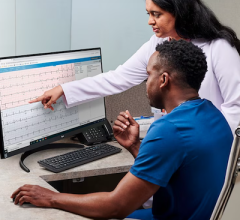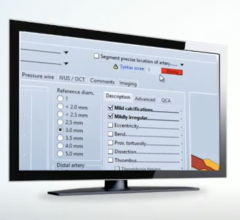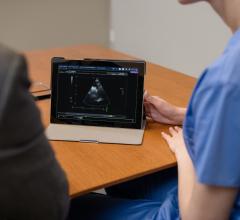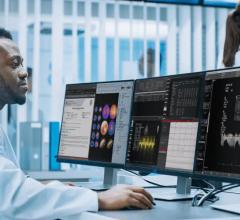Macroeconomic factors and sluggish purchasing activity among cardiology providers put the brakes on the cardiology informatics market starting in 2009. Market vendors not only have to align with a dip in procedure volume growth and reimbursement levels for cardiovascular procedures, but also are struggling to cater to the varying needs of different customer segments in this fragmented market. Accustomed to paper-based workflow processes and legacy single-modality solutions, most cardiology departments lag several years behind radiology in their adoption of cardiovascular image and information management systems (CIIMS). After providers have met the requirements for the first stages of meaningful use through their electronic medical record (EMR) implementation, the CIIMS market will likely start to benefit from IT stimulus funding starting in 2014.
New analysis from Frost & Sullivan's North American Cardiovascular Image and Information Management Systems Market research finds that the market earned revenues of $210.4 million in 2010 and estimates this to reach $269.6 million in 2017. In this analysis, Frost & Sullivan examines the following markets: stand-alone cardiology picture archiving and communication system (C-PACS), stand-alone cardiovascular information system (CVIS) modules and integrated single-vendor CIIMS (C-PACS/CVIS).
Healthcare providers' prioritization of efforts related to EMR and meaningful use further challenges vendors to demonstrate tangible returns from a new integrated image and information management system. The current dynamics in cardiology IT suggest that revenues will follow a steady, but not explosive, growth path, as the market steps into a new wave of IT adoption.
Regardless of the relative maturity of the North American C-PACS and CVIS markets, there are growth opportunities in several clinical, product and customer sub-segments of the CIIMS market.
Additionally, healthcare providers' intensifying requirements for a single point of access to patient data and participation in enterprise IT consolidation efforts are finding resonance in the new generation of integrated CIIMS.
"This single point of access is achieved mainly through enhanced system integration and interoperability, key features of the more recent CIIMS solutions," said Frost & Sullivan principal analyst Nadim Daher. "Other key benefits include the solutions' ability to optimize workflow efficiency and data management, which can lead to increased productivity, higher patient throughput and a wider line of imaging services."
To hasten the purchase of new-generation CIIMS, cardiology informatics vendors have to align the incentives of the various clinical stakeholders in cardiology across the spectrum of procedures and modalities, as well as incentives of business and IT stakeholders scattered throughout the enterprise. In many cases, customized solutions that can be scaled up gradually will be a major incentive for cardiology providers' decision to overhaul their IT and workflow infrastructure.
As IT consolidation and Web-based technologies enable anytime-anywhere access to cardiovascular imaging across and outside the enterprise, vendors will do well to market this benefit to referring physicians and patient populations.
"Although the volume of cardiovascular imaging procedures in North America is no longer growing, advances in cardiovascular imaging equipment are resulting in increasing digitization and diversification of images and information as well as larger average data volumes per procedure," said Daher. "Therefore, data volume requirements for primary storage, long-term archiving and image communication will continue to grow, posing growing challenges to the cardiology enterprise that only efficient CIIMS solutions can help address."
For more information: www.medicalimaging.frost.com


 November 06, 2025
November 06, 2025 









